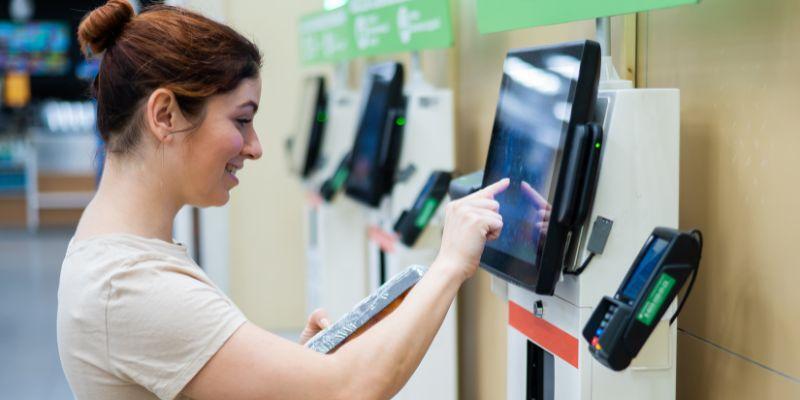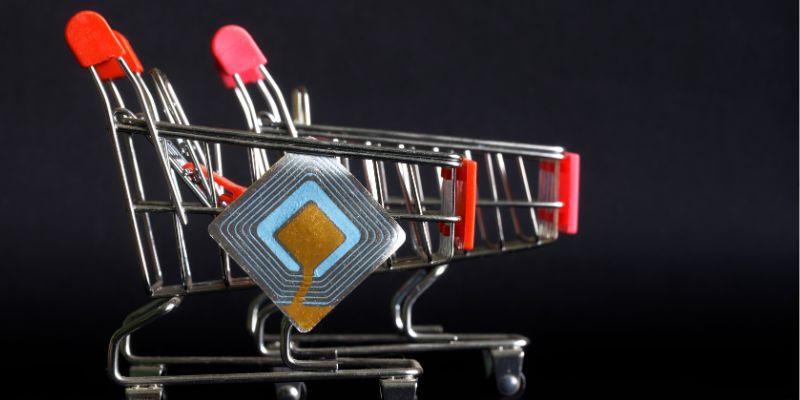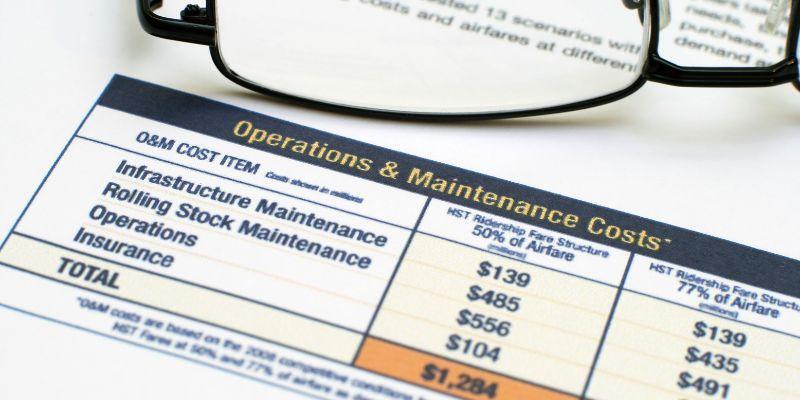Conducting retail operations optimization means finding intelligent ways to make things work faster and cheaper and make customers happy. In today’s busy world of buying and selling, having streamlined retail operations is critical.
Efficient retail operations impact the bottom line and play a pivotal role in shaping the customer experience. This article looks into retail operations optimization to provide insights into its definition, crucial role, and evolving purpose in contemporary business strategies.
Being flexible and efficient is super essential for success that lasts. We’ll give you valuable insights on why it matters and how it can transform things. So, get ready to dive into making retail work more innovative and better!
Tested Strategies for Improving Retail Operations
Enhancing the efficiency of retail store operations is imperative for achieving business success.
This article presents rational strategies to elevate retail processes, emphasizing the optimization of retail store operations, efficient queue management for retail, leveraging advanced technology, and proficient inventory management.
Understanding and using these methods can help businesses become more efficient and customer-focused.
The goal is to provide a clear guide that helps businesses make more money and be adaptable to customer needs and market change. Let’s check out these simple strategies to help businesses navigate retail operations better.
- Streamlining Processes
- Digital Queue Displays
- Real-Time Staffing Adjustments
- Contactless Checkout Options
- Mobile Payment Solutions
- Self-Transactions
- Monitoring Operational Performance
- Demand Forecasting
- Cross-Training Employees
- Technology Integration
- Customer Relationship Management (CRM)
- E-Commerce Integration
1. Streamlining Processes
Efficiency lies at the heart of successful retail operations optimization. Streamlining processes involves identifying and eliminating bottlenecks, reducing unnecessary steps, and optimizing workflows.
Businesses can achieve smoother, more cost-effective operations by critically evaluating and enhancing each stage of the operational chain.
This improves productivity and enhances the retail customer experience, as streamlined processes often lead to quicker service and more accurate transactions.
2. Digital Queue Displays
Digital signage displays for queues revolutionize the customer waiting experience and are critical to retail store operations optimization. These displays keep customers informed and reduce perceived wait times by providing real-time updates on queue status and estimated wait times.
Implementing queue management solutions enhances customer satisfaction and allows businesses to allocate resources more efficiently, minimizing idle staff and maximizing service efficiency.
3. Real-Time Staffing Adjustments

The ability to make real-time staffing adjustments is a game-changer in dynamic retail environments. Leveraging data analytics and technology, businesses can respond promptly to fluctuating customer demand and be critical in improving retail operations.
Whether increasing staff during peak hours or optimizing labor costs during slower periods, real-time staffing adjustments ensure that businesses maintain agility, provide optimal customer service, and manage operational costs effectively.
4. Contactless Checkout Options
To optimize your retail store operations, look at contact checkout options. Contactless checkout options have become integral to modern retail operations.
Embracing technologies like NFC (Near Field Communication) and QR codes, businesses provide customers with a secure and efficient payment experience.
This caters to the growing demand for touchless transactions and speeds up the checkout process, reducing wait times and enhancing overall customer satisfaction. Implementing contactless checkout options demonstrates a commitment to safety and convenience in the retail environment.
5. Mobile Payment Solutions
Mobile payment solutions are transforming the way consumers interact with retailers and leading the way in retail operations optimization. By enabling transactions through smartphones, mobile wallets, and apps, businesses enhance the convenience and speed of payments.
This technology is not just for tech-savvy customers; it also makes the checkout process smoother and more efficient. It makes mobile payments even more attractive when it works with loyalty programs and gives personalized offers. This way, it keeps customers engaged and loyal.
6. Self-Transactions

Empowering customers with self-transaction options represents a significant advancement in retail operations. Self-checkout or self-service kiosks and automated systems allow customers to independently complete transactions, reducing the reliance on traditional cashier services.
This not only streamlines the checkout process but also provides customers with a sense of control and efficiency.
Businesses adopting self-transaction solutions benefit from optimizing retail store operations, reducing labor costs, and improving operational efficiency, making it a win-win for customers and retailers.
7. Monitoring Operational Performance
Regularly monitoring operational performance is a basis for improving retail operations. By utilizing key performance indicators (KPIs), businesses can assess sales metrics, inventory turnover, and customer satisfaction.
This data-driven approach allows for the timely identification of areas needing improvement, facilitating informed decision-making.
Whether through advanced analytics software or manual tracking, continually monitoring operational performance enables businesses to stay agile, responsive, and proactive in addressing challenges.
8. Demand Forecasting
Demand forecasting is a strategic tool for anticipating customer needs and optimizing inventory levels. By analyzing historical sales data, market trends, and external factors, businesses can make informed predictions about product demand and optimize retail store operations.
Being good at predicting what customers want helps avoid having too much or too little stock, improves inventory management, and saves money. Businesses can better guess what they need using technology and looking at data.
This means they can ensure they have enough for customers, improve their supply chain, and spend less money on carrying stuff around.
9. Cross-Training Employees
Cross-training employees is a versatile approach to enhance workforce flexibility and efficiency. Businesses can adapt more seamlessly to changing demands and unexpected situations by equipping staff with skills across various roles.
This not only ensures a smoother workflow but also reduces dependency on specialized roles, mitigating the impact of employee absences or fluctuations in workload, thus contributing to retail operations optimization.
Cross-trained employees contribute to a more adaptable and collaborative work environment, fostering a culture of continuous improvement and resource optimization in retail operations.
10. Technology Integration

Technology integration is pivotal for staying competitive and meeting customer expectations in the contemporary retail landscape.
Integrating technology streamlines operations and enhances efficiency from point-of-sale systems to queue management systems, inventory management, and beyond.
This involves adopting tools like RFID for precise inventory tracking, implementing advanced analytics for data-driven decision-making, and leveraging automation for routine tasks.
A well-integrated technological infrastructure optimizes internal processes and contributes to a more enhanced and personalized customer experience, positioning businesses at the forefront of innovation and adaptability in the ever-evolving retail sector.
11. Customer Relationship Management (CRM)
Building strong customer relationships is crucial for loyalty. A reliable Customer Relationship Management (CRM) system is like a secret weapon, helping businesses keep all customer info in one place, track interactions, and send personalized messages.
By studying what customers do and say, businesses can shape marketing, make services better, and even guess what customers might want next. It’s not just about making customers happy; CRM gives essential clues for intelligent decisions.
Plus, it’s a vital tool for long-term success and improving retail operations through business analytics. So, think of CRM as a superpower for businesses – it boosts satisfaction, gives insights, and helps the overall success of retail operations by making them more innovative and customer-focused.
12. E-Commerce Integration
Connecting online and in-store operations is necessary for a successful retail strategy in the digital era. It’s about making sure everything works smoothly across both worlds.
This includes syncing up the inventory so that what’s online is also available in the physical store, providing a consistent experience whether customers shop online or in person, and ensuring that online transactions are easy and convenient.
The goal is not just about expanding market reach; it’s also about meeting the expectations of tech-savvy consumers. By adopting a unified approach, businesses can play to the strengths of online and offline channels.
This creates a seamless shopping journey that caters to the diverse preferences of customers, positioning the brand for sustained growth in the competitive e-commerce landscape.
This integration is vital to retail operations optimization and intelligent marketing for e-commerce, combining the best of both worlds for a comprehensive and effective retail presence.
Final Words
In summary, the retail landscape is amid significant changes, where success depends on adapting and optimizing strategies.
Businesses can solidify their position in a dynamic market through retail operations optimization by embracing streamlined processes, cutting-edge technologies, and customer-centric approaches.
The integration of technology, the personal touch of customer relationship management, and the expansion through e-commerce each play a crucial role in shaping a successful retail narrative.
As businesses look into the details of demand forecasting, cross-training employees, and monitoring operational performance, they unlock the potential for enhanced efficiency and resilience, thereby improving retail operations.
These steps toward optimization aren’t merely a response to current challenges; it’s a proactive stance to thrive in an ever-evolving retail ecosystem, where innovation and adaptability are the cornerstones of sustained success.
By continuously refining their strategies, businesses position themselves to tackle existing hurdles and stay ahead in a competitive retail environment.
BOOK A FREE DEMO





